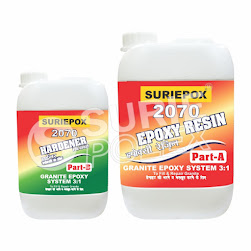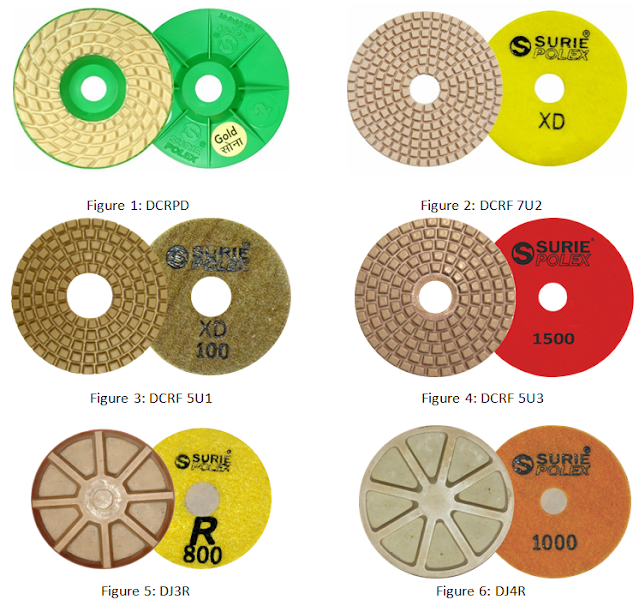Why do we use epoxy? Does it work on Granite?
Natural stones and materials have defects ingrained in them, though the technology is evolving and defects getting reduced drastically, despite all these facts, there remains room for some defects to creep in. What these defects ultimately result in is that it weakens the materials and at times leave them too fragile to be polished. Various solutions have been proposed and are being used to get rid of this difficulty. The most accepted and widely used material has been polyester resins for marble surfaces and it has been in use for decades now. But, the same solutions are not very well suited for Granite, because the chemical structure of marble and granite vary to a large extent. Granite is much harder than marble and both also differ in absorption rates. In this Blog, we will discuss how granite epoxy developed as one of the best solutions for granite.
One of the issues that are being faced is the thin and microscopic cracks that pose a challenge for the polyester resins as they cannot penetrate deep into the cracks, and if they are not able to penetrate deep enough, the much-needed strength and durability are missing from the material.A lot of research and development went into the process to find what materials can be best suited for granite and the solution emerged that was most optimised in the form of epoxy systems. Various advantages were observed with the epoxy solutions as compared with other traditional solutions. The epoxy solutions have shown the potential that they take a much longer time to harden up and this ability of epoxy resins helps it to get deep into the fissures, even the micro-fissures and it grants durability and strength that was not observed before. And since then, epoxy solutions have emerged as the go-to solution in the case of granite.
One more issue that was observed in previous solutions was that despite the best acrylic and polyester glue being used, it was not able to tolerate the extreme range of temperatures and epoxy solutions have helped greatly in tolerating the thermal range of temperatures and that provides it with a much wider area and temperature regions where it can be used.
The first step in applying the epoxy resins is perfect honing of the material and the next aspect that must be taken care of is that the surface of the granite must be nicely cleaned and wiped off, which ensures that the epoxy solutions can penetrate deep and form an even layer. One more thing to keep in mind is that there must not be excess resin on the surface of the granite slab, this is done to ensure that the epoxy solution is present only in the fissures and micro-fissures and not on the surface.
As technology has evolved, there exists a range of epoxy solutions for granite surfaces but the choice of solutions depends on the demand you are looking for, the nature of the granite material and also the colour. Surie Polex is one of the largest manufacturers and suppliers of polishing products including epoxy solutions for a range of materials like marble, granite and concrete too. Our quality products are a testimony of our performance and the experience and domain expertise that adds to that and coupled with extensive quality checks places the products on a high-performance metrics.




Comments
Post a Comment